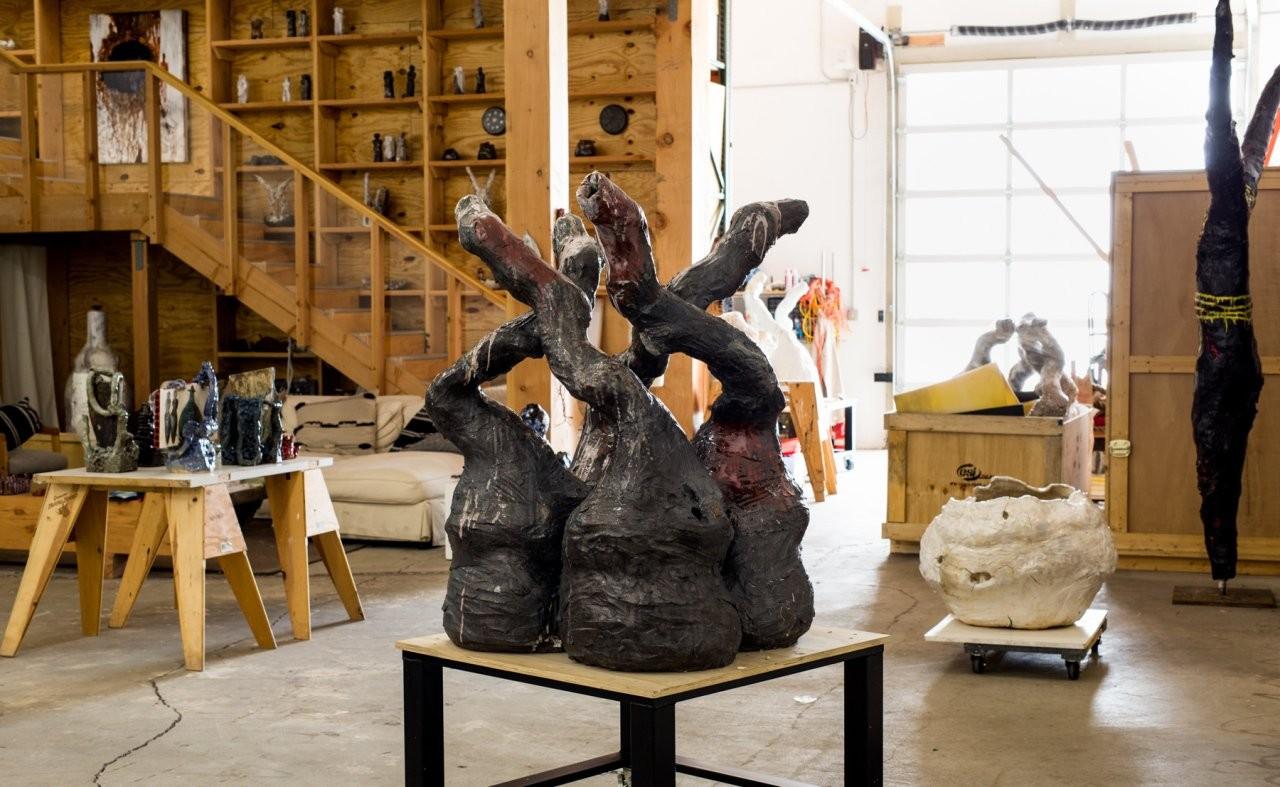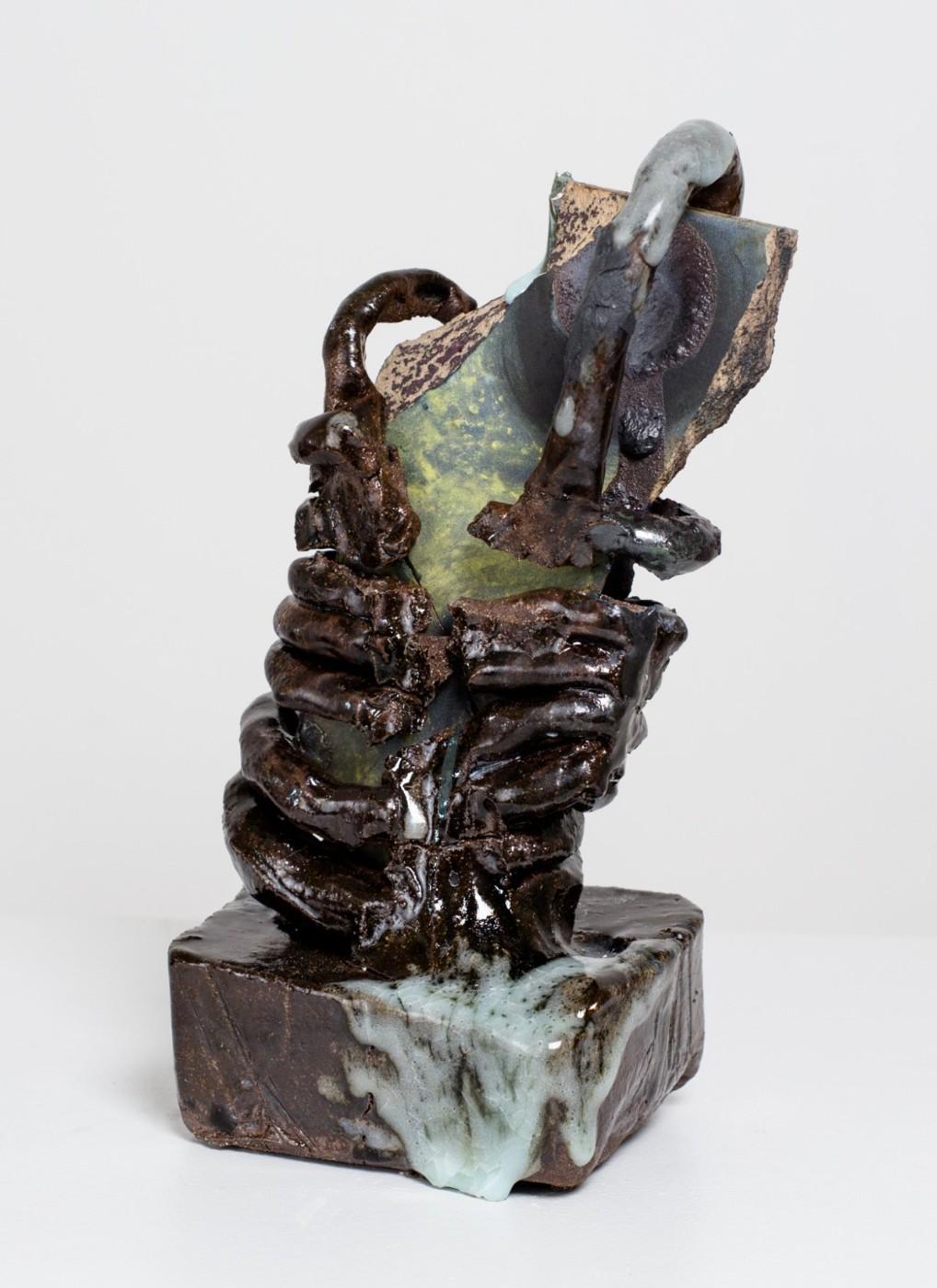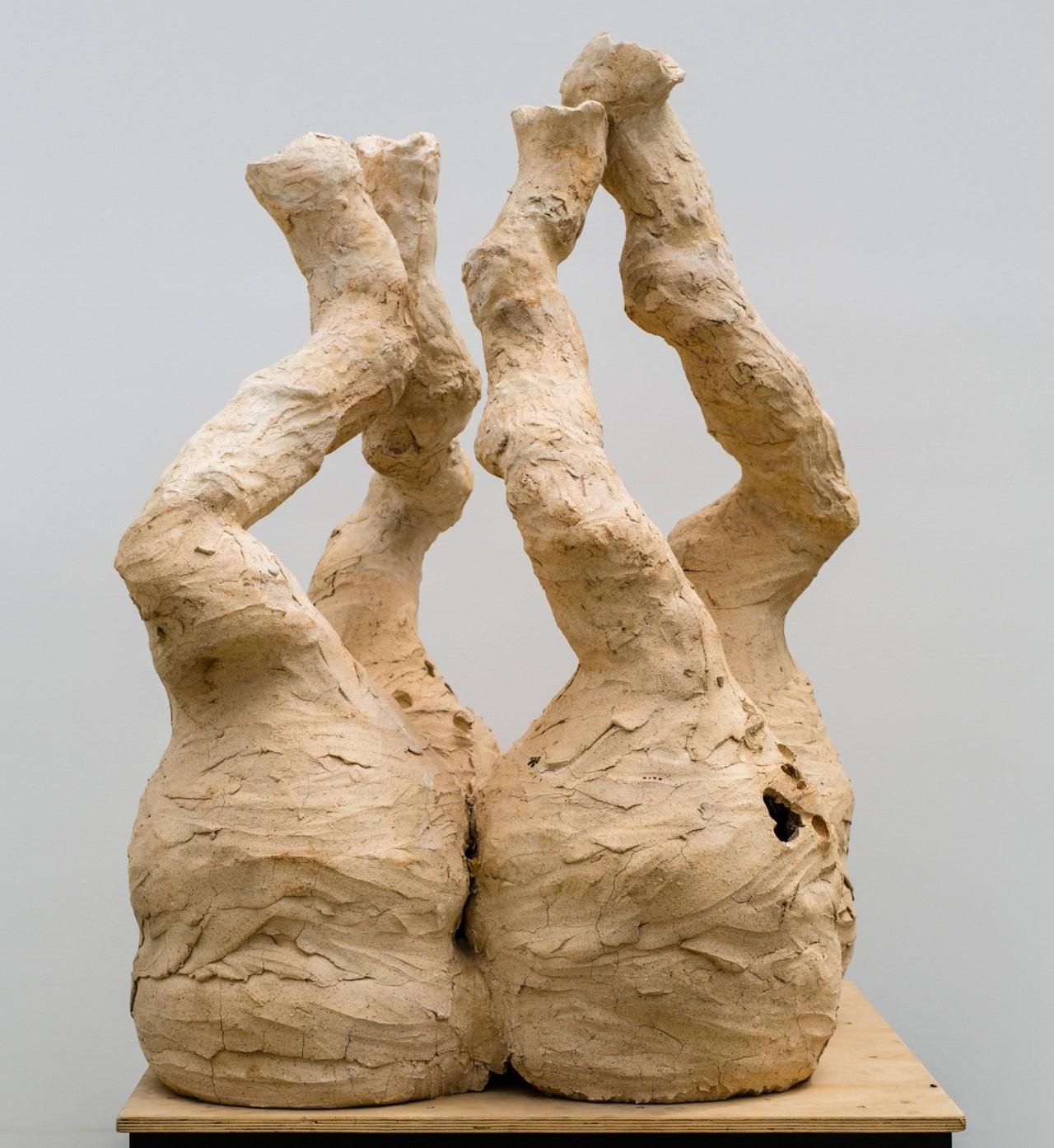Growing up in Israel instilled Linn with an intimate connection to a land full of ancient and contemporary relics of past and present civilizations. This experience, along with a connection to the ancient civilization of Çatalhöyük, is a refrain that Linn keeps returning to, which informs her work. The ancient civilization of roughly 5-7,000 inhabitants was located in what is now Anatolia, Turkey in 7500-5700 BCE. The city inhabitants created objects ripe with symbolism--goddess figures, bull heads, as well as other objects molded from clay or carved from marble, limestone, and various materials. Evidence from the egalitarian, hunter-gatherer tribes show that men and women were treated with equality. These sites of excavation and the act of excavating represent remembering and reclaiming lost knowledge, experience, and perception. Linn is interested in how people interacted with these objects on a daily basis and how the households derived meaning from the remains of the dead. The remains were excavated and found to be spread throughout the living areas, beneath platforms in main rooms, underneath areas for sleep, perhaps suggesting that death and life are not necessarily a binarism, but one act—the conflation of time and space; the possibility of inhabiting past, present, and future in the same moment.
This sense of excavating is central to Linn’s work. Relics that appear fragile, in the end, are rock strong. The physical cracks in her work become a window into the internal makeup of the vessels; a metaphor for strength and beauty; a testament of surrender. The work negotiates the delicate balance between the limits of the medium and how this is both symbolic for—and reflective of—life’s imperfections, which cannot be controlled. Each scratch, crack, or mark could suggest vulnerability, but in fact the work is sturdy and resilient, as each person is delicate, imperfect, but still survives with stalwart strength.































